Sunken Tankship Oil Recovery: Ingenious New Method
The Marine Institute Netherlands (MARIN) has devised a way to salvage oil contained in a shipwreck by underwater means, without bringing it to the surface for recovery.
Prompt intervention when shipwrecks and tankers are in distress can be crucial in confining pollution and limiting possible damage to the environment. Until recently however, a lack of appropriate tools and systems have hampered rescue efforts.
A European project sought to address this deficiency by designing and validating an EU reference method to enable prompt, cost-effective intervention when an oil tanker is in danger of spilling its cargo. The DIFIS ('Double Inverted Funnel for Intervention on Shipwrecks') project examined what to do with leaking fuel; and what should be done with fuel still trapped in tanks. It also addressed the issue of dealing with oil tankers that have sunk to significant depths.
The end result is a method applicable to all tanker wrecks, so long as the trapped pollutant has not dissolved and is of lower density than sea water.
The proposed solution relies on gravity forces to deal with spilt fuel. Instead of channelling it directly to the surface - where any recovery operations would be greatly affected by adverse weather conditions - the fuel-water mix is channelled to a buffer reservoir/separator some 30 to 50m below the sea surface.
The reservoir comprises a light, quickly deployable, flexible structure that can stay in place until all tanks of the wreck are emptied and the pollution threat eliminated. This buffer reservoir contains equipment that enables shuttle vessels, weather permitting, to rapidly collect the fuel using standard off-shore loading equipment.
The dome of the reservoir is constructed using a textile-based material, while the riser tube is made of flexible piping and high-strength synthetic wire. The buffer bell is placed some 50m below the water surface, where it is not affected by waves, and has sufficient buoyancy to tension the riser tube and to keep the entire system in its correct shape.
In practice, after pinpointing the shipwreck site, a remotely operated vehicle (ROV) is sent in to investigate. The local water depth, bottom geometry, soil properties and current conditions are determined. Concrete anchor blocks are then placed on the bottom using a work vessel with either a crane or a winch of sufficient capacity.
The folded dome is then transported to the site on a barge. It is lowered into the water and brought alongside an installation vessel. Here it is connected to the first section of the riser tube which is built section by section. As the length of the riser tube increases, the folded dome is gradually lowered until it is close to the shipwreck. After the dome is unfolded, the buffer bell is connected to the riser tube and the whole system is disconnected from the installation vessel.
Once installed the DIFIS system is completely passive and requires no human operator. Offloading operations can be scheduled and periodic inspections take place to ensure the integrity of the system. Since the DIFIS system is intended to remain in place for a prolonged period of time, it has been designed to be capable of withstanding harsh environments.
In rigorous testing of the DIFIS system, no unexpected behaviour was observed during operational conditions, while the dome shape remained intact. Furthermore, the buffer bell was judged to be sufficiently below the water surface. The overall behaviour of the DIFIS system during offloading also met with expectations.
For more information, visit:
Marine Research Institute Netherlands:
http://www.marin.nl/web/show

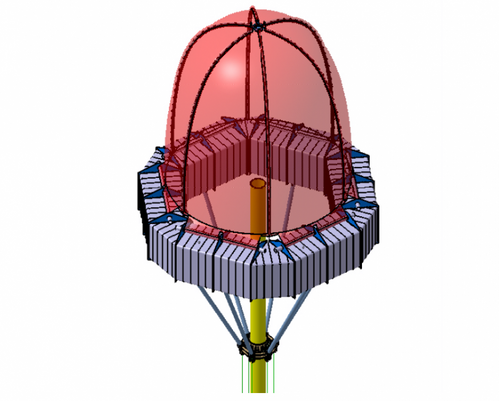
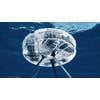
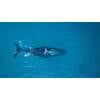
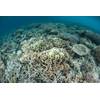
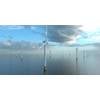

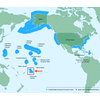






 February 2025
February 2025



